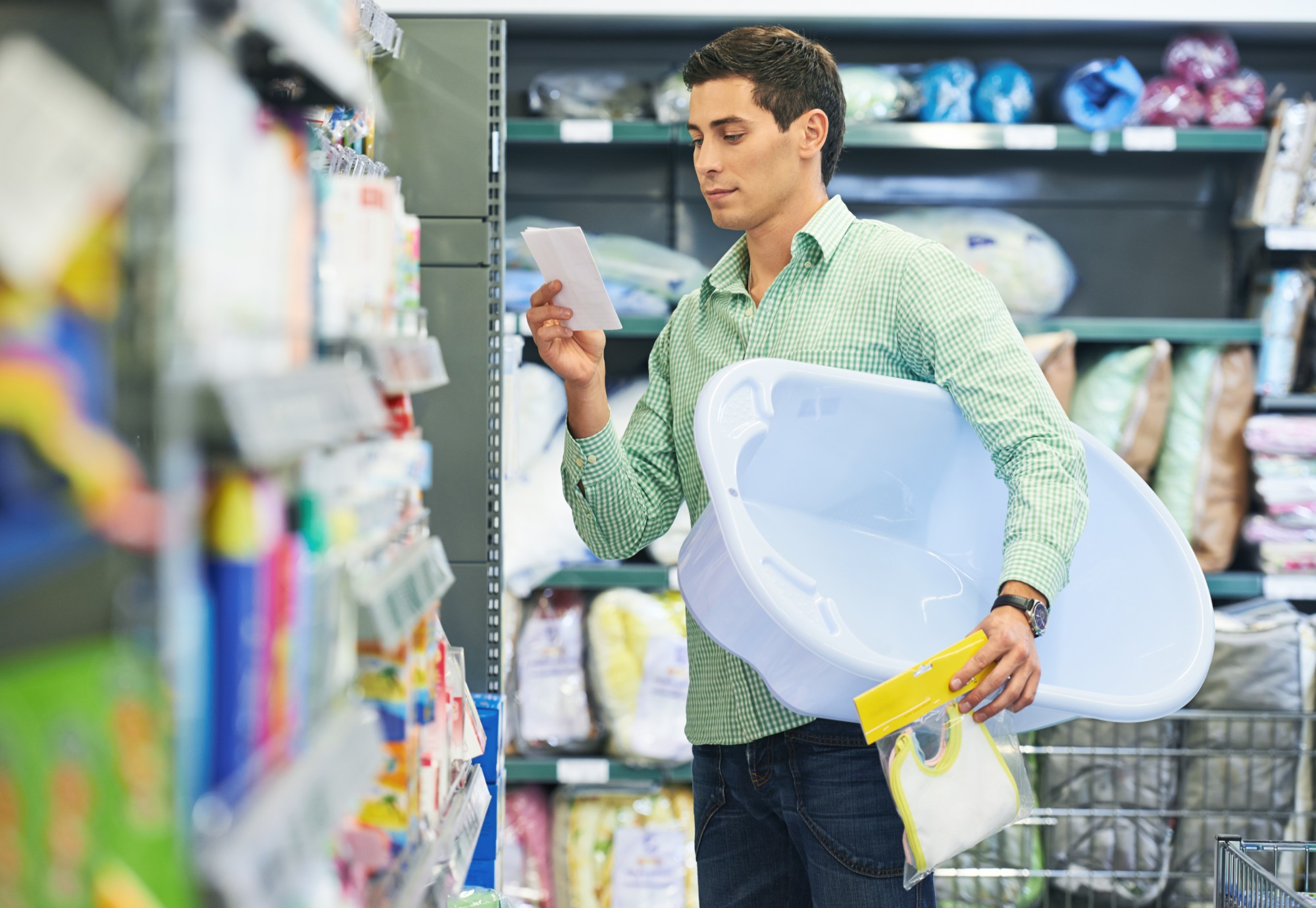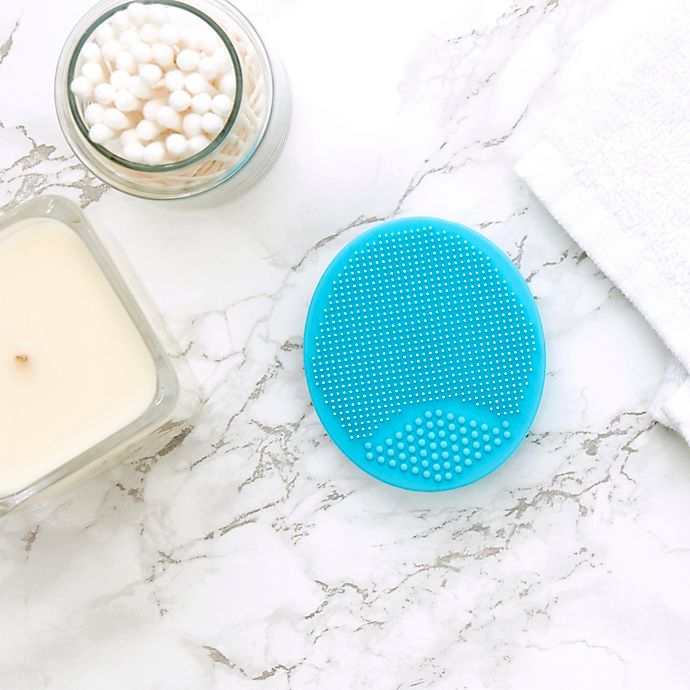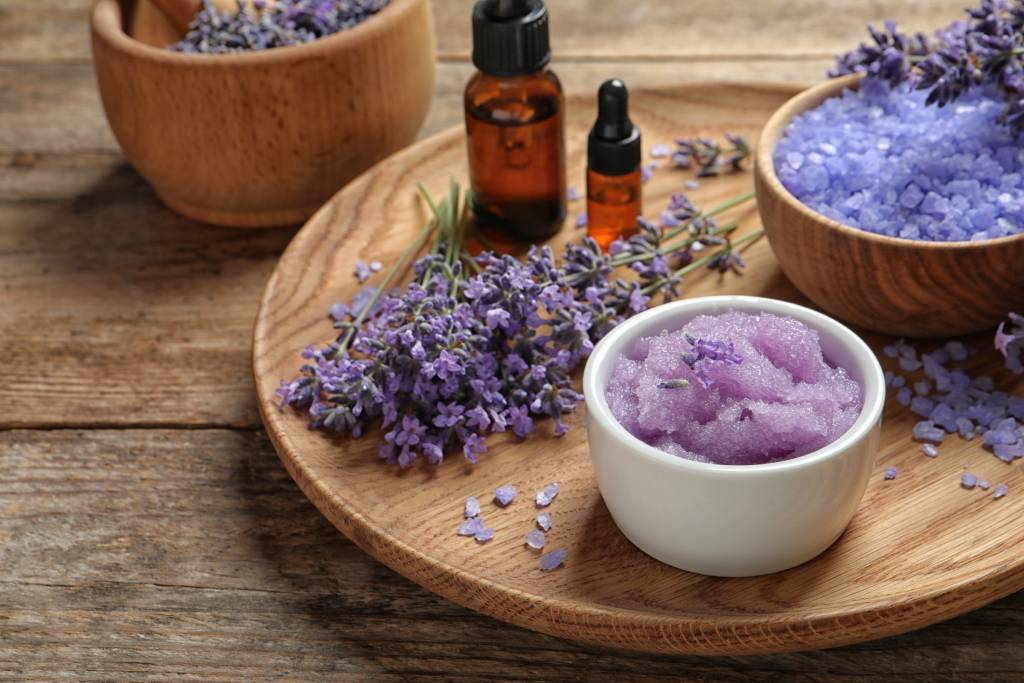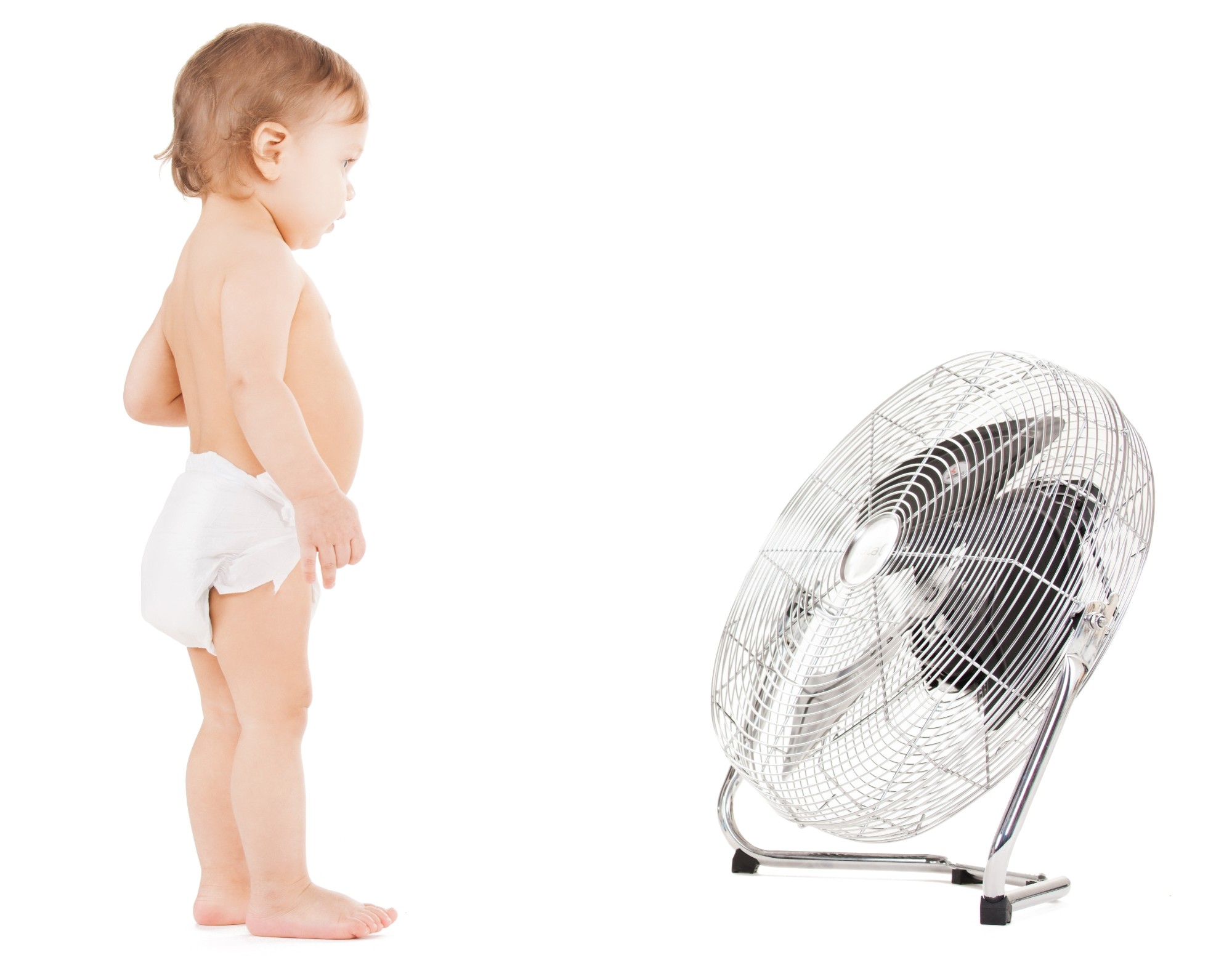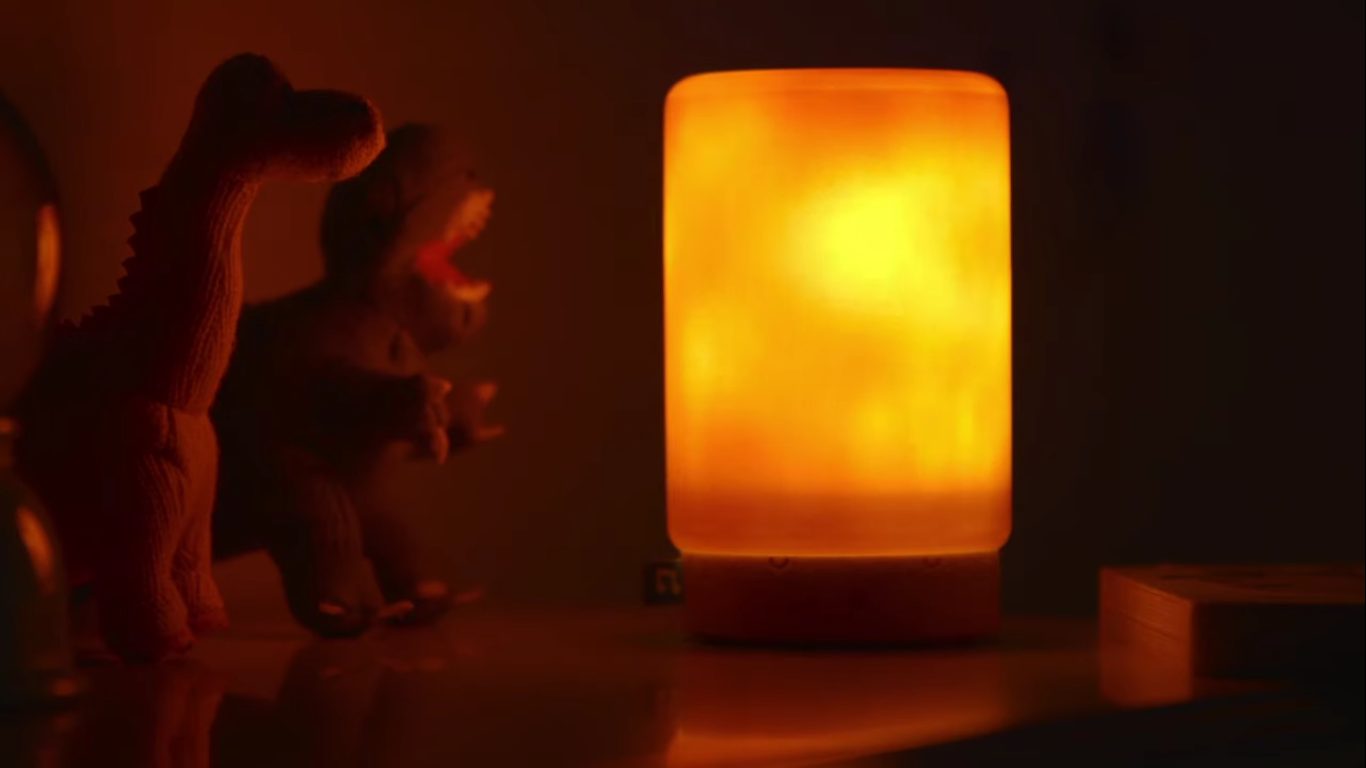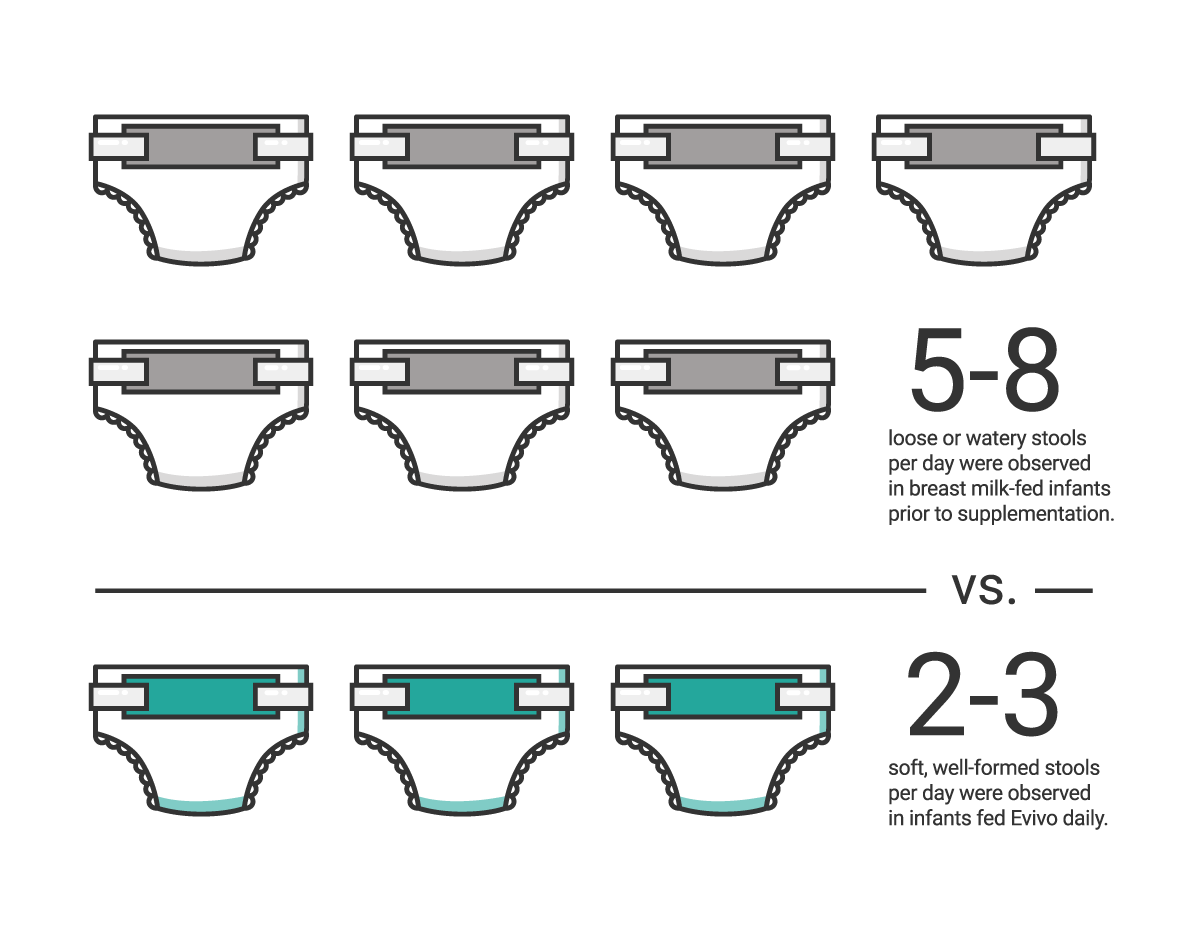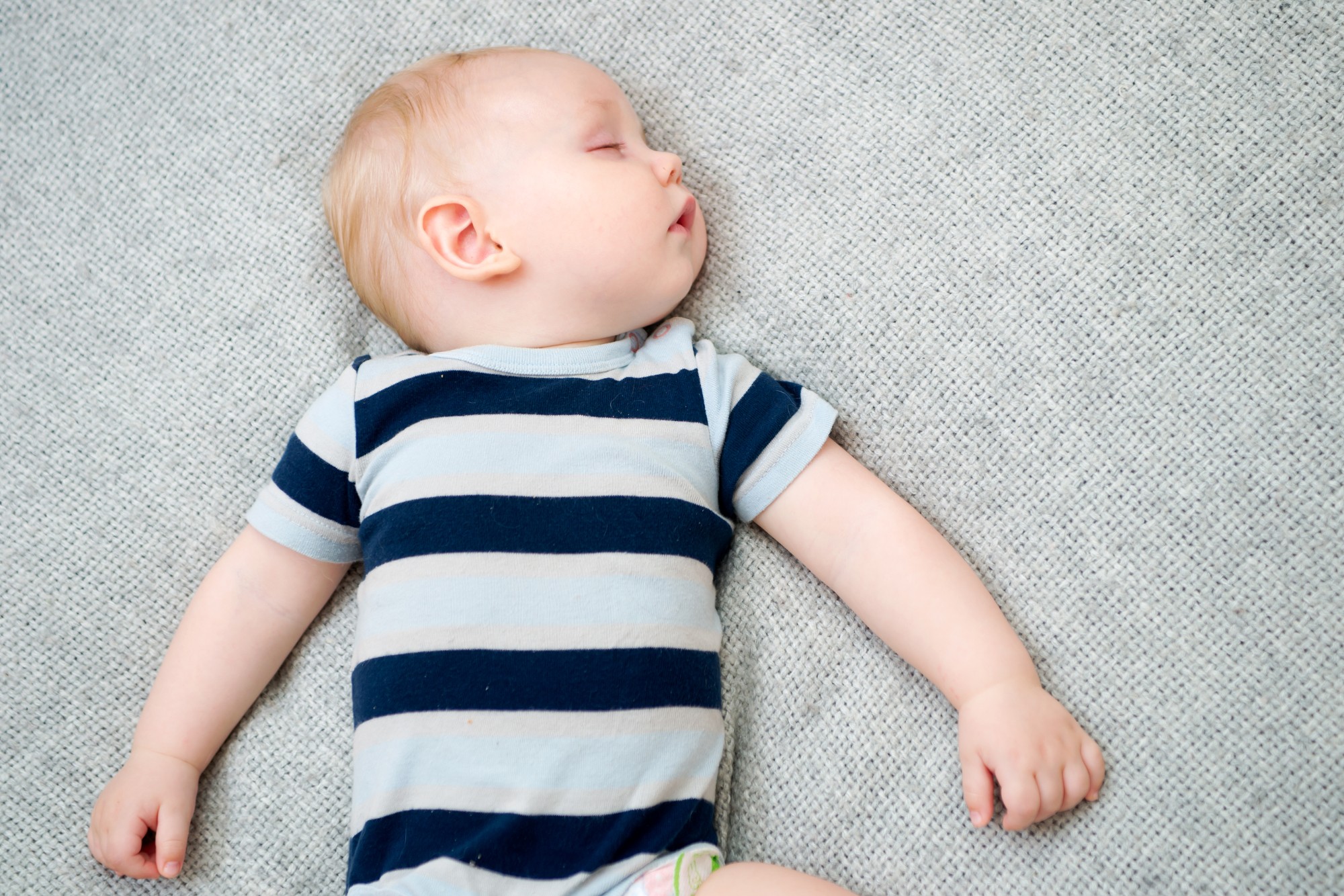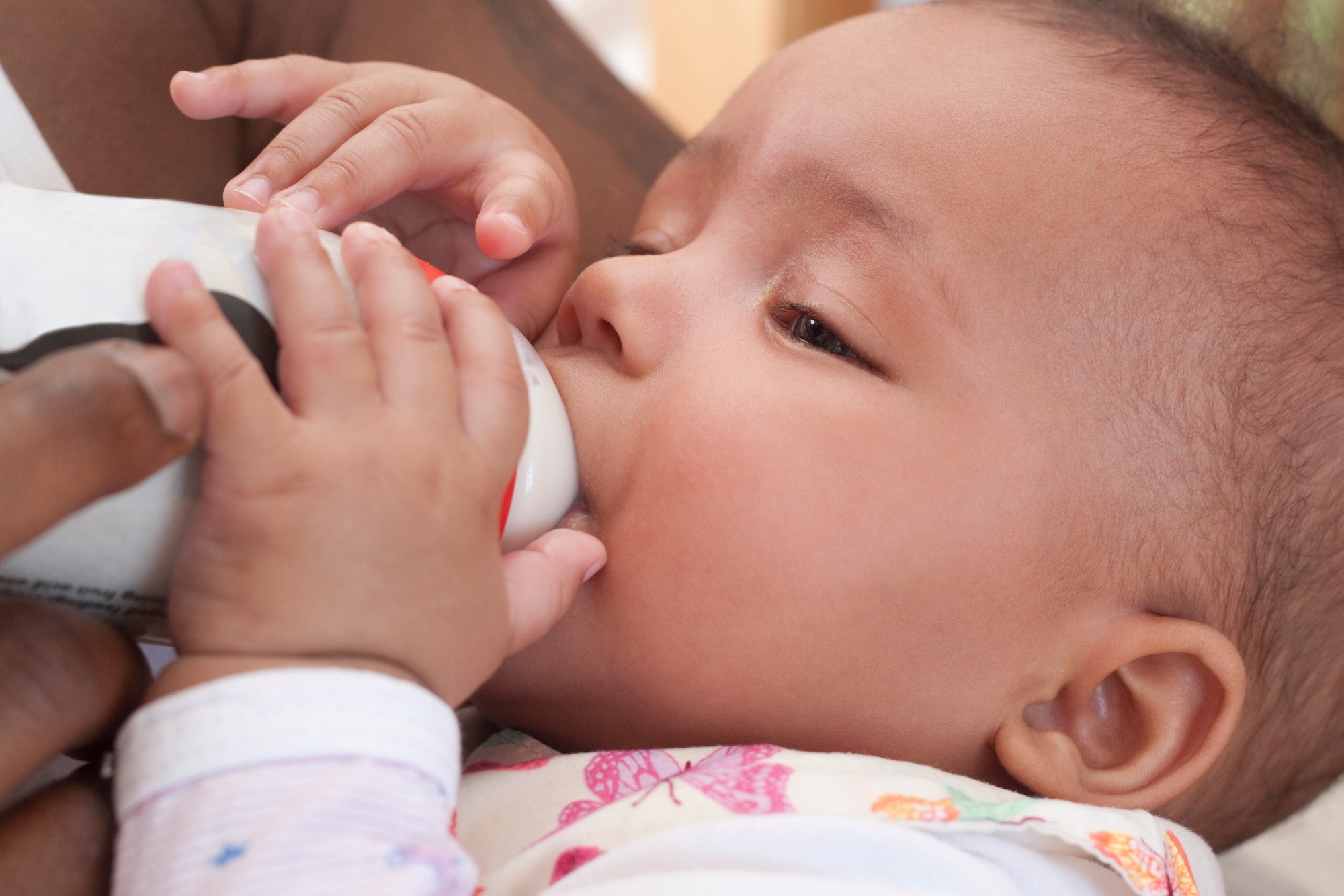
There are so many newborn products on the market and it can be overwhelming for new parents to narrow down the list when everything is so cute. Here’s a basic list of newborn essentials so you can maximize your budget and filter through baby products that are most necessary for your newborn baby. Plan ahead so you can put any of these newborn essentials on your baby list registry and can avoid sending your partner or a friend to the store after Baby arrives!
newborn products, newborn essentials, newborn essentials, newborn essentials, newborn essentials, newborn essentials, newborn essentials, newborn essentials, newborn essentials, newborn essentials, newborn essentials, newborn essentials, newborn essentials, newborn essentials, newborn essentials, humidity temperature, humidity temperature, humidity temperature, humidity temperature, humidity temperature, humidity temperature, humidity temperature, humidity temperature, humidity temperature, humidity temperature, humidity temperature, humidity temperature, humidity temperature, humidity temperature, swaddles, swaddles, swaddles, swaddles, white noise, white noise, white noise, white noise, white noise, white noise, white noise, white noise, white noise, white noise, white noise, white noise, white noise, white noise, white noise, white noise, white noise, white noise, white noise, white noise, white noise, baby sleep, baby sleep, baby sleep, baby sleep, baby sleep, baby sleep, baby sleep, baby sleep, baby sleep, baby sleep, baby sleep, baby sleep, baby sleep, baby sleep, baby sleep, baby sleep, baby sleep, baby sleep, baby sleep, baby sleep, baby sleep

Newborn Care Kit
Sound Machines
True, pure white noise is scientifically proven to help babies and children’s brainwaves when waking to lull back to sleep and sleep deeper.
The Homedics White Noise Sound Machine is what I commonly see parents using as their white noise sound machine. It’s super portable which makes it easy for on-the-go (great to have rechargeable batteries) however there is an included adapter when you don’t want to use the battery-operated feature, and the size fits well in your diaper bag. Use the pure white noise setting only because it helps baby’s brain waves settle back to sleep due to the higher frequency. Don’t use ocean waves, water sounds, or crickets, or intermittent sounds of any kind. It needs to be as loud as a shower or vacuum if you want it to be effective at all so don’t bother buying a white noise machine if you are going to play it quietly. Did you know that you’re trying to replicate the in-utero experience during this fourth trimester? The sound of your blood when your baby was inside you was very loud.
The Sound+Sleep SE machine contains a high fidelity speaker with timers, street, and nature sounds. As much as I love the soothing waterfall played during the day (yep, I have this machine), I actually fell in love with this machine because it grows with you – there is white noise for babies (higher pitch freqency), and pink and brown noise for transitioning to toddlers and for adult brainwaves.
This tiny white noise machine is portable and can attach to Baby’s car seat or stroller for when you’re on the go so you can leave your other white noise machine in the nursery. I love this one and it has great volume despite its small size.
The Baby Shusher is a must for parents! To be clear, this is not a white noise machine and it shouldn’t be used in place of one, but I have to throw it in this category as it’s a personal favorite, and all the families I introduce it to LOVE this – it actually shushes! It helps lull Baby to sleep and can be used in conjunction with a white noise machine playing in the background for when you first put Baby down to sleep – whether they’re a newborn you’re settling, or an older baby or toddler you’re comforting through a teething spell. It will also save your mouth and cheek muscles from hurting after shushing and your partner will love this tool, too.
Hatch Baby Rest Night Light and White Noise Sound Machine: This is my favorite white noise machine because it doubles as a night light, it’s loud enough, and it can be customized with various settings you design yourself. For example, when you want a new color with nursery songs during the day, you can click on one of your top 5 settings you previously created or you can choose a new hue and dim it all together via the Hatch mobile app. So when you’re nursing in a chair and then Baby is falling asleep, you can use the mobile Hatch app to change whatever setting it’s on to the red color for sleep (read further about lights and melatonin) and to the white noise setting – all by the push of a button on your phone, so you don’t have to get up while feeding Baby just to turn on the sound machine that’s all the way across the room. The Hatch white noise machine features a time-to-rise alert, and you can customize the brightness by dimming the red baby night light as well as by setting the programs to turn off and on automatically based on your family’s sleep schedule. During the day you can play with the other fun colors! It includes a toddler lock feature as well.
Nursery Lights
Did you know that red light is the only light that does not inhibit melatonin which is essential for sleep? Read more about Baby Night Lights and Better Sleep. There is a common blooper when choosing a nightlight and this article I wrote explains about various colors of lights and their different wavelengths which inhibit melatonin, and the correlation and evidence on disrupting sleep. Read it here before choosing your nightlights.
Lumie Bedbug Light: A multi-purpose bedtime light which features a low blue light, while still producing a white/peach colored glow. Lumie Bedbug Light is non-inhibiting without having to use a red light in the room while reading or brushing teeth. This baby night light also includes a sunset mode option which gradually darkens the room, dimming after bedtime over a period of 15 minutes. This is perfect for toddlers and older children as well.
Battery-Operated Electric Candles are beautiful, glow like real candles, and create a calm, cozy environment for bedtime. These are my favorite electric candles as their flames actually move and dance. They transform your home into cozy-feel-goodness, and YES, I have these at home, too!
Also, rechargeable battery chargers are a one-time, small investment and perfect for the bathroom in place of the main light at night, or reading area. Not only are you improving your child’s sleep, you’ll all wake less, and you’ll save money on your energy bill! Totally worth it. Update: I’ve found the Panasonic rechargeable batteries work better than the AmazonBasics brand.
This durable, Red Gummy Bear Baby Night Light is cordless, portable, and squeezable to turn on/off. It also has a sleep timer of 1 hour.
Red Fairy Lights are an effective, adorable solution when used in a lockable Kilner jar as a portable baby nightlight.
Greenic 0.5W Plug-in Light Sensor LED Red Night Light: This 2-Pack Red Night Light is mini-sized, and effective for hallways and bathrooms. It can be turned upside down to see less of the LED light. It’s bright enough but also dim enough for your nighttime feedings, quick wakeups for diaper changes, or toddler bathroom trips.
Humidity & Room Temperature
Your baby can wake if they’re thirsty or too hot, and learning to control and regulate the temperature and humidity is important for that extra sleep cycle (you’ll both get). Read this guide regarding the amount of humidity and temperature for a newborn’s area vs. a toddler’s area. This is important to know if you have an older child as the humidity levels and needs change with the age of the child, and it does vary. In addition, my article on Humidity and Temperature for Sleeping Babies and Children explains everything you need to know about setting up a safe sleep environment as well as the correlation between humidity, room temperature, and SIDS/SUIDS.
Humidity thermometers measure both humidity and the temperature of the room.
Diffusers
Diffusers mist cool air to keep the room slightly humid but have the ability to contain essential oil. Some diffusers can double as your red night light. A favorite diffuser for a smaller room is URPOWER’s Red LED Night Light Aromatherapy Essential Oil Humidifier/Diffuser which holds 300ml of water. It requires no filter for the GMO-free, pure essential oil. You just add a couple of drops of GMO-free essential oils directly in the basin like chamomile and lavender which are calming and effective for sleep. Again, only use the red light setting. You can also dim the brightness of the red light. Its wood grain cover is beautiful and it’s safe as it has a waterless auto shut-off feature so when all the water evaporates, it shuts off. I find babies and children of all ages sleep more soundly with a diffuser as the it helps with breathing. I wake up with a less stuffy nose myself! In my own experience of caring for babies as a Certified Newborn Care Specialist, babies who sleep in a room with a diffuser on regularly have boogies less often! A diffuser should really be used in any room where any human is sleeping. But I’m sure pets benefit from them, too!
I can’t live without my Pure Enrichment PureSpa XL Diffuser which has two misting settings and the ability to use it without the light display, or with the light rotating various colors. You can even choose one of the colors at the full brightness or at it’s dimmer hue. On top of all of that, it has a safety auto shut-off feature, you can add essential oils to it, and it holds 2,000ml of water! This larger tank will still be misting even when the sun comes up.
Another diffuser I also own and love is the TaoTronics Cool Mist Humidifier because it has a very informative LED Display with a Humidistat, and you can change the range of the mist level with three different settings. The 1.06 gallon tank (that’s over 4000ml of water!) also has a safety auto shut-off feature.
Crane Humidifiers are large, cool-mist humidifiers, not a diffuser. Don’t pour water into the doughnut hole. Everyone makes this mistake! Remember to tell your partner. You need to lift the clear top portion off, bring it to the sink, and fill it from the bottom by turning it upside down and unscrewing the cap. You cannot use essential oils with Crane humidifiers.
Air Circulators
Fans for baby reduce SIDS/SUIDS by 72% according to research studies. They help with increasing the mix of the exhalation into the room air and improving room ventilation. This percentage is obviously very high and getting a small fan is worth the investment. In addition, you may want to invest in a fan guard, which is made out of fine mesh and fitted over the fan head to prevent little finger getting caught in the blades. This will also prevent your child from poking other objects in the blades. Place the fan away from Baby, ensure at least 3 to 4 feet between the tip of the ceiling fan blades and the edge of your child’s bed or other furniture, so if you have an older child who is tempted to jump on their bed or climb, they won’t reach the fan. A ceiling fan is ideal. If you don’t have a ceiling fan, using a stationary fan – or better yet – an air circulator (to rotate the amount of oxygen and carbon dioxide) is ideal.
Swaddles
As a baby expert (Certified Advanced Newborn Care Specialist) and Postpartum Doula, swaddling is something I teach Parents in the fourth trimester when their baby’s Moro (startle) reflex is strong. Most parents are gifted beautiful receiving blankets which work great as what I call a swaddle coat 😉 for double swaddling/inception swaddling. Velcro swaddles are much more effective to reduce the startle reflex and help get your baby – and you – less disrupted, deeper sleep, even if the sleep is a short stretch! The problem with Velcro swaddles is that they’re so LOUD! This can be jolting for babies who are being woken up for feeds.
Nourish is proud to sponsor The Butterfly Swaddle – our pick as #1 swaddle for newborns (even 5 lbs and preemies) all the way up to 3 & 4 month old infants. Designed by a Registered Nurse, it’s uniquely designed to eliminate loud scratchy Velcro with a super soft, cloth-like material that magically still holds strong!
Created with your baby’s delicate skin in mind, it’s organic cotton and organic bamboo (think silky-soft and stretchy) can be used as a transitional swaddle.
What is a transitional swaddle? Use it from day 1 at birth, then use it with one arm out and eventually both arms out – without ever having to buy a 2nd type or 3rd type of swaddle as your bebe grows! The mesh butterfly wings placed between your baby’s sides and arms allow for controlled movement to keep babies comfortable, snug, and secure while reducing the startle reflex. Once your little one is ready to begin sleeping without a swaddle, the mesh-wing design helps to ease babies through the transition-phase without having to buy yet another swaddle, turning it into a sleep sack!
We also LOVE the 2-way zipper – diaper changes are easy without needing to unswaddle your baby!
www.thebutterflyswaddle.com
For quick layering advice, many mothers find “inception swaddling” or double swaddling super effective: first place Baby in a SwaddleMe Original, and then swaddle Baby in a muslin swaddle such as a lightweight Aden + Anais muslin cotton receiving blanket.
Many of my clients love to double swaddle with the Miracle Blanket Swaddle or the Halo Swaddle as well.
The Ollie Swaddle is also popular, but The Butterfly Swaddle has quiet velcro which doesn’t startle a baby!
Grooming
The oogiebear Ear and Nose Cleaner is a fun and tiny tool which is constructed of durable yet soft silicone, making it gentle on sensitive parts and also hypoallergenic since it doesn’t contain spores to harbor bacteria.
An Electric Nail Trimmer for Baby will be your or your partner’s favorite way to trim baby’s nails as they grow. It’s fast and baby’s fingers can’t get cut, and they can’t scratch themselves (or you) because the rotating trimmer simply massages the edges of their nails down to a smooth file.
For baby’s boogers: Baby Nasal Aspirator NoseFrida the Snotsucker by Fridababy.
Water Wipes (made in Ireland) for your Baby’s bumkin or American-made water wipes by Bets & Emy – these two are the gentlest, chemical-free wipes on the market… super important for your baby’s vulnerable, delicate membranes.
Baby can bathed in the sink, a basin, or the bathtub when they’re older. Newborns and mothers need a little more support before Baby can sit upright – these are the best I’ve seen in homes:
Require to be put in a bathtub:
Angelcare Baby Bath Support
Standalone tubs for on the kitchen counter top, on the floor or in the bathtub:
Frida Baby 4-in-1 Grow-with-Me Baby Bathtub
Collapsible Baby Bathtub with Soft Cushion & Thermometer is nice because it displays the temperature and is softer. The First Years Convertible Tub is also popular.
Use the softest organic baby washcloths.
Natemia Organic Baby Organic Washcloths 5-Pack
HonestBaby 10-Pack Organic Cotton Baby-Terry Washcloths
Channing & Yates Hooded Organic Bamboo Baby Towel and 6-Pack Washcloths
Preventing cradle cap:
DermaFrida Baby Bath Silicone Brush by Fridababy
Bella B Bee Gone Organic Cradle Cap Shampoo and Bella B Silky Conditioner
Brushes:
Wooden Baby Hair Brush with Soft Goat Bristles
When your baby grows older, the Tangle Teezer can be used on wet or dry hair. Don’t even buy detangling spray.
EWG Best Shampoo & Bodywash:
Dr. Bronner’s Organic Sugar Soap for Baby, Unscented
Pipette Shampoo & Bodywash, fragrance-free and nontoxic
I love Babo Botanicals and have had amazing results with it on newborns, babies, and toddlers. I’m proud to recommend these products because they’re effective and I’ve seen eczema disappear even in the worse cases which makes moms really happy.
There are two versions I love below, but they come in many scents, which I’ve listed as well. I recommend the Fragrance-Free version for newborns, and then switching to the Oatmeal & Calendula version as baby grows. When baby becomes a tot and is less sensitive, you can by the other varieties they come in like lavender meadowsweet and berry primrose.
BABO Botanicals Sensitive Baby Fragrance Free Shampoo and Wash, 16 Fluid Ounce: Perfect for newborns and babies with sensitive skin and their matching gentle lotion: Babo Botanicals Sensitive Baby Fragrance Free Daily Hydra Lotion, 8 Ounce.
Babo Botanicals Moisturizing Baby Shampoo and Wash Oatmilk Calendula, 16 Ounce: Smells amazing and super gentle on babies and great for toddlers. Watch out Mom, you’ll end up using it yourself. Their matching natural lotion Babo Botanicals Oatmilk Calendula Moisturizing Baby Lotion, 8 Ounce – Best Baby Lotion for Soothing Sensitive Skin; Helps Relieve Eczema; Natural Oat and Organic Calendula has the same gentle, very moisturizing effect and the same amazing smell as the shampoo. Great for daily use to prevent dry skin and eczema.
If Baby does develop eczema, this product has saved many babies: Babo Botanicals Sensitive Baby All Natural Healing Ointment, 4 Ounce. The product is thick and works almost immediately.
For daily follow up on eczema once it is under control, this lotion is effective: Babo Botanicals Sensitive Baby Fragrance Free Daily Hydra Lotion, 8 Ounce
This diaper cream is natural, safe, and amazingly effective: Babo Botanicals Sensitive Baby Zinc Fragrance-Free Diaper Cream, 3 Ounce. Diaper cream with zinc will heal the rash. Using a petroleum alone jelly-like Aquaphor, Vaseline, or A&D Cream does not heal a rash. It just helps with chafing because it’s a crude (harsh) oil which creates a barrier between skin so it won’t rub. A real diaper rash needs non-nano, safe, zinc applied on the skin first before applying any creamy/oily lubricant. You can always apply the diaper cream with zinc first and “seal it in” with an oil like coconut oil, vitamin E oil, castor oil, or aloe vera. Weleda’s Diaper Care Cream also works effectively as it has zinc, and then sweet almond and sesamae oils plus lanolin to seal in the zinc while lubricating against chaffing. My favorite is to use a zinc base, and then use Alba Botanica jelly which is safer than Vaseline, as it is made only of plant oils (castor).
Babo Botanicals Lavender Meadowsweet Calming Baby Bubble Bath & Wash, 15 ounces: Lavender scent for older babies and its matching lotion Babo Botanicals Lavender Meadowsweet Calming Baby Moisturizing Lotion, 8 Ounce – and its matching lavender and chamomile hand and body wipes Babo Botanicals 3-in-1 Calming Face, Hands & Body Wipes Lavender & Meadowsweet (Pack of 3), 30 wipes each.
Babo Botanicals Smoothing Shampoo and Wash, Berry Primrose, 16 Fluid Ounce and its matching conditioner: Babo Botanicals Smoothing Conditioner, Pink, Berry Primrose, 32 Ounce and its matching detangling spray: Babo Botanicals Berry Primrose Instantly Smooth Detangler, 8 Ounce – Natural Conditioner, Smoothes Tangles and Adds Shine, Sulfate Free
Babo Botanicals Swim and Sport Shampoo and Wash Cucumber Aloe, 16 Ounce and its matching conditioner: Babo Botanicals Swim and Sport Conditioner, Cucumber Aloe, 6 Ounce for when Baby starts swimming or getting sweaty plus its matching detangler: Swim & Sport Cucumber Aloe Vera Detangling Spray 8 FL.OZ
Strollers
Sun Protection
I recommend Babo Botanicals Sunscreens. They have several that are very pure.
SKY & SOL Tallow & Zinc Sunscreen Water Resistant and comes in 30 SPF and 50 SPF Organic Olive Oil, Beeswax, Shea Butter
Best cover for newborns is the Cozigo Cover from Australia – it clips on any type of stroller to create a nighttime type of coverage when you take Baby outdoors during daylight.
Coolibar makes lightweight sun hats for babies made with UPF 50+ cotton/viscose/bamboo/spandex fabric. Their ZnO SUNTECT technology protects against 98% of UVA and UVB rays and is the highest quality zinc oxide protection. They are super soft against the skin.
Laundry Detergent
All-natural, dye-free, fragrance-free, and suitable for baby:
Charlie’s Soap
Molly’s Suds Baby Laundry Detergent
Biokleen
Eco-Me Laundry Detergent
Puracy laundry detergent
Window Treatments
For temporary darkening your nursery’s windows: RABBITGOO Blackout Window Film is a cheap alternative to blackout curtains.
A Lovie will help Baby associate nap and sleepytime. This self-soothing tool used in sleep conditioning allows for earlier transition to falling back to sleep without help when waking between sleep cycles. Always buy 2 so you have a backup when one disappears, needs to be laundered, or for on-the-go in your diaper bag. You will not bring the lovie to them outside of the crib nor on their activity/play mat or during playtime. It’s to be associated with sleepy time only for conditioning purposes or it becomes a distraction and will not help with their sleep transition.
Loungers
On-the-go and baby loungers – always use supervised and do not place these inside a crib or bassinet. They are not for sleeping in unattended and not recommended by the AAP. Baby loungers like Dock A Tot and Snuggle Me are not sleep devices and are meant for lounging awake only due to recalls for infant deaths in loungers where they were sleeping in them instead of lounging in them awake. Never leave a baby unattended in one of these loungers to even step away to the restroom should they fall asleep. Again, supervision is necessary so if you’re going to supervise your baby, then there should be no problem with them lounging in these. Babies take many more breaths a minute than adults, so their chance of carbon dioxide and suffocation is higher if their face is too close to a bumper (not recommended in a crib) or a nonbreathable fabric like the Dock A Tot or Snuggle Me, should they turn and wiggle into the side of it.
Baby Bouncer seats are an upright way to lounge and play.
Bassinets
The HALO BassiNest Swivel Sleeper and the SwaddleMe By Your Side Sleeper are great because the sides are completely mesh and breathable. These two are larger and your baby can grow with them.
Smaller bassinets like the Snoo or the Baby Bjorn Cradle are suitable if you have a crib already, because Baby will outgrow the smaller bassinets a few months earlier – around 3 months old, although marketed for up to 6 months.
Probiotics for Baby
Check out my evidence-based article on Probiotics for Baby’s Best Health. The University of California Davis has done thorough research on probiotics and implemented Evivo in NICUs (Evivo Probiotics Starter Kit and Evivo Probiotics Refill Kit).
Bottles
Check out Bottles for Breastfed Babies!

